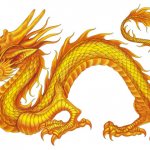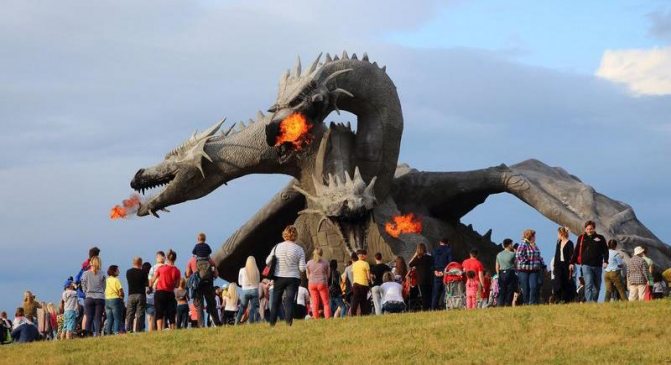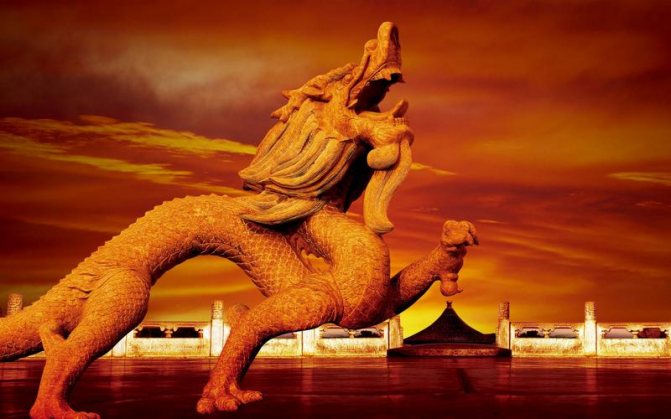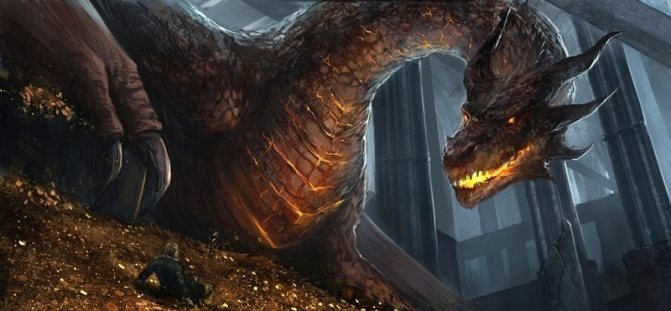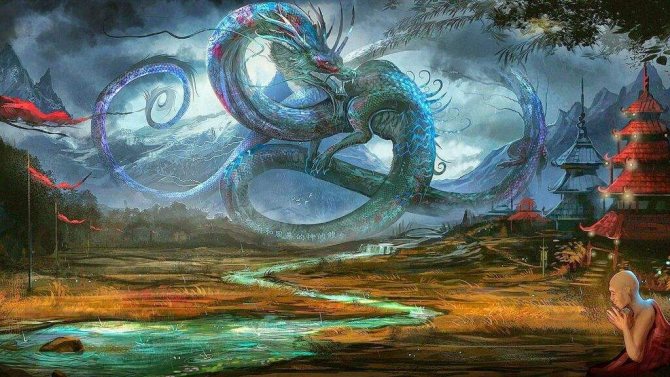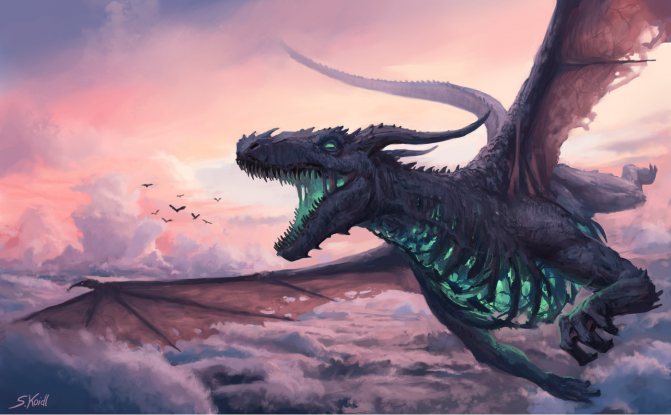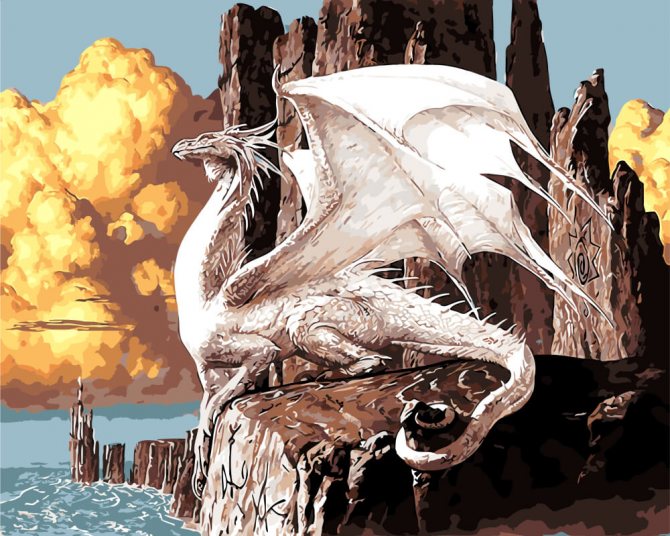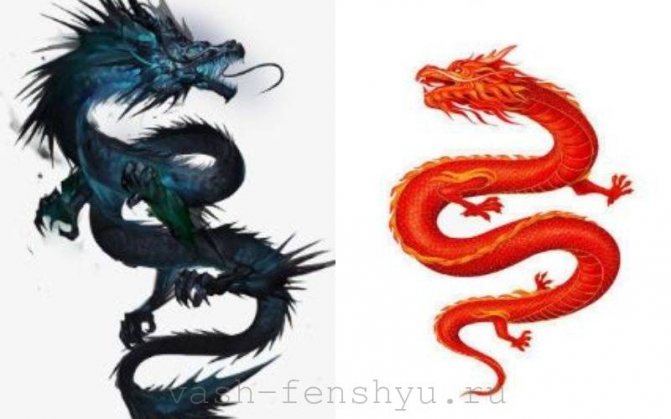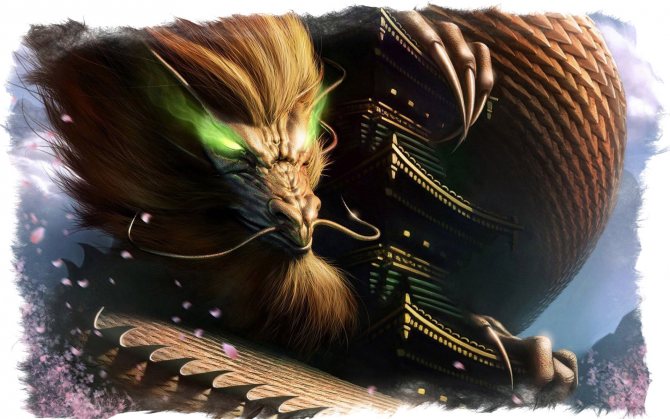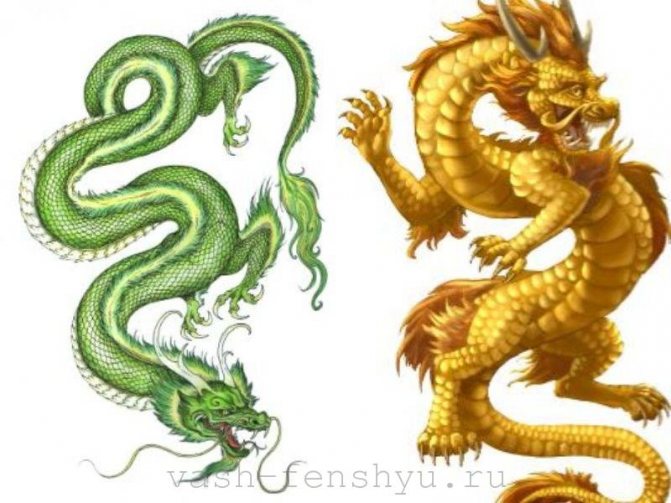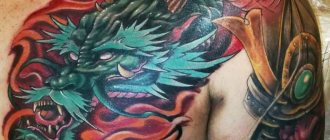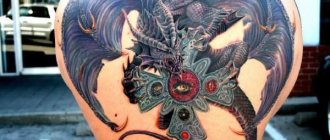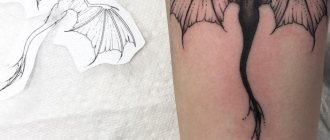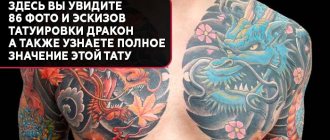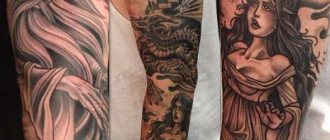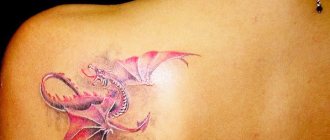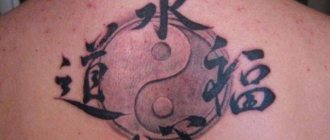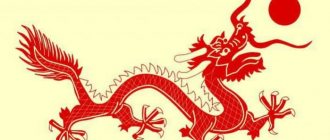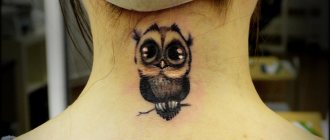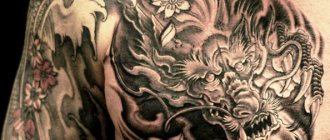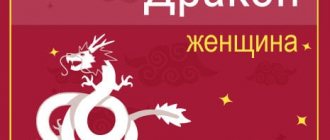The Chinese civilization was considered one of the most mysterious on earth, because this territory for thousands of years has taken an isolating policy from the rest of the world. It is distinctive and interesting because it was not influenced by other cultures. Their mythology is peculiar as well, the main characters of which are the huge dragons endowed with different qualities.
Why is a dragon considered a symbol of China?
Almost from the beginning of their existence, the Chinese believed that dragons are the kings of the animal kingdom and appeared among the first on earth. Moreover, more than 10 thousand of all kinds of animals originated from them.
As far back as several centuries B.C., dragons were depicted on weapons, utensils, clothing, and architectural structures. The fact that they influenced Chinese culture is proven by the cultural heritage and the existence of dozens of myths and legends involving them.
For almost the entire existence of China, the dragon was considered a symbol of the state, and the throne of the Chinese emperor was always called the "dragon's throne". Because the dragon is a symbol of power and greatness, ordinary people had no right to wear clothing depicting this creature. There was immediately a death sentence for doing so.
When the famous emperor Fushi came to power, for each rank and ranks attached dragons-rulers. Those who belonged to the highest ranks wore robes and other attire with gold dragons with 5 claws on them. Those who belonged to the lower ranks had images of a dragon with 4 claws. If a dragon has the maximum number of claws and the ability to soar in the clouds, then the person belonged to the highest ranks. Flying dragons were at the highest rank, followed by spirit dragons and earth dragons. The last species had lost the ability to fly. At the bottom of the list were the underground dragons, to guard the precious treasures beneath the earth. Even the common people, though they had not seen real dragons, had an idea of what they looked like.
Today, although few people believe in the existence of dragons, but it is revered, it remains a symbol of the Chinese state. And in today's world in homes, in art, you can see the image of the dragon. And for good reason, because for thousands of years in this creature believed not only ordinary people but also the Chinese military, officials and scientists.
Dragon and Phoenix
Did you know that dragons are the symbol of the good beginning - yang? This is why since ancient times it was considered that it combines perfectly with the symbol of the Phoenix, which is considered to be yin.
If you believe in the teachings of feng shui, then the coin "Dragon and Phoenix" is an important attribute that everyone should use. If you have a talisman of three such linked coins, you will attract good luck in your life in the love, intimate sphere.
Dragon in Chinese - Hieroglyph
Calligraphy and hieroglyphs in China are a special part of culture. Each character is not just a sign, but a personification of an object, thing or phenomenon.
Even more so, special characters are used to designate an animal, especially a mythical one. They have a special meaning in Chinese writing. As any mythical creature for the Chinese is only positive, so too is the character for the dragon.
There is a traditional and simplified spelling of the character: Trad. 龍 vernacular [龙].
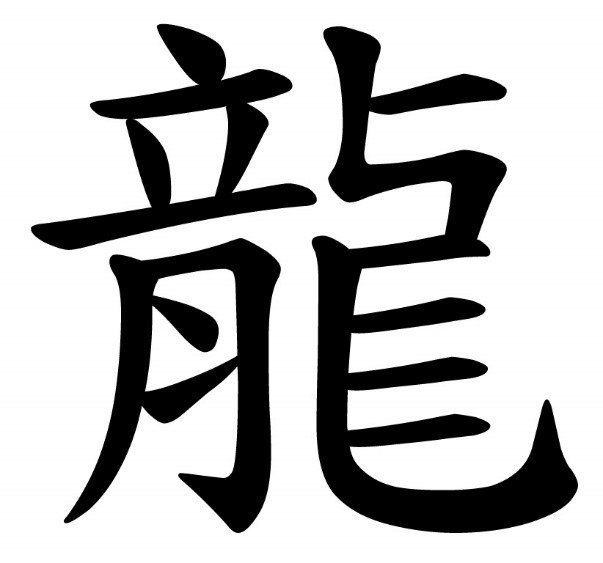
The locals believe that the sign of the dragon should hang on the wall in every home, so that good luck and happiness do not bypass it. Even Europeans believe in this legend, because the Chinese have long declared themselves as a wise nation.
What does the Chinese dragon look like?
Different religions and countries see the image of the dragon differently. Attitudes towards it can also be dissimilar, but in Chinese mythology it is almost always a positive hero.
Depicting a Chinese dragon
Dragons are usually depicted as enormous in size, although an adult dragon could reach from one meter to 300 meters. According to legend, females could lay eggs, but the animal could be born and a thousand years later, as the process of their emergence was necessarily accompanied by a violent rampage of the elements.
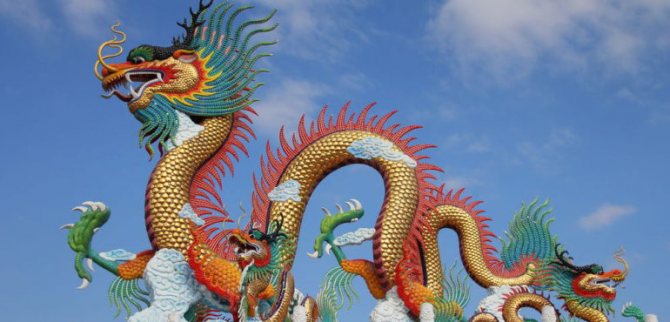

The age of the adult dragon in the images and not only determined by the color of the skin. If the adult has a bluish skin color, it is within 800 years. Black, white, yellow and red dragons usually survived for as long as 1,000 years.
The Chinese also believed that dragons were capable of transforming into humans when necessary.
The head of the Chinese dragon
Legends and myths say that the dragon had several likenesses: a camel's head, antlers, demon eyes, and a snake neck. The skin, both on the head and all over the body, was covered with fish scales. Its number was thought to be clearly either 117 or 81. According to some descriptions, dragons had the ears of a cow, the claws of an eagle, the paws of a tiger. Most dragons could fly not only because of their wings, but also because of a special bump on the top. Although in images it was often not fixed.
Where not to put a dragon
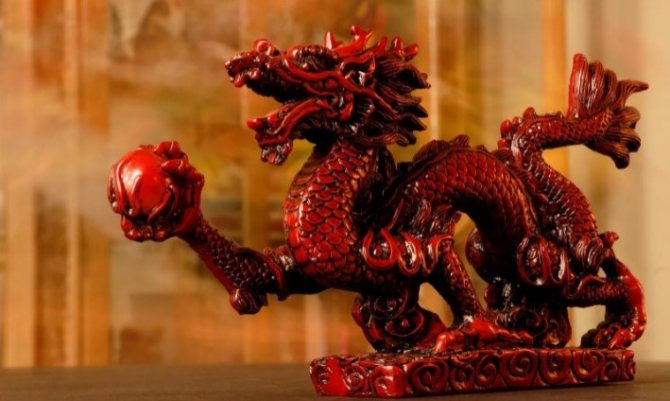

Where not to put a dragon.
In the bathroom, in the toilet, in rooms not in active use or used for hygiene purposes dragon images or his statuettes can not be used. It is believed that being in water objects (bathroom, bathtub, etc.) luck that we attribute to the dragon is drained, and if we lock him in dark closets, he is not comfortable there. He feels abandoned and not needed, because of this can start various breakdowns in the house and troubles in the family.
Do not install or hang the dragon in the bedroom, as the dragon has an active Yang energy - the energy of growth, development, noise, and the bedroom - is the Yin position, where quiet, calm and harmony. It will not contribute to quality sleep and it probably will not bring you good luck either. Even if your bedroom is in the East zone and it is the only Eastern sector of the house, then you should use other suitable locations, but certainly not a bathroom or a restroom.
It is not recommended to place the dragon in the south, because the south is a fire zone.
The dragon does not like neglect, as it is a majestic animal, so you can not put it in a corner. He will feel that you cornered him, punished him for something or neglecting him, respectively, he may get upset and act differently than you wanted, become aggressive towards you and the rest of the family.
Types of Chinese dragons
The number of dragons-symbols exceeds a hundred. Each of them has its own qualities. The most common types are.
Red dragon.
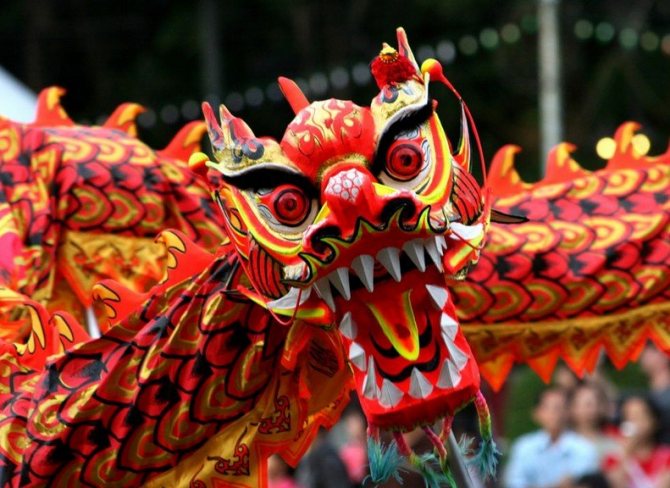

Chilun is one of the main symbols of China. He is associated with the Chinese with the festival and celebration, a clear sky, because of which it is often portrayed on holidays and canvases.
Golden dragon
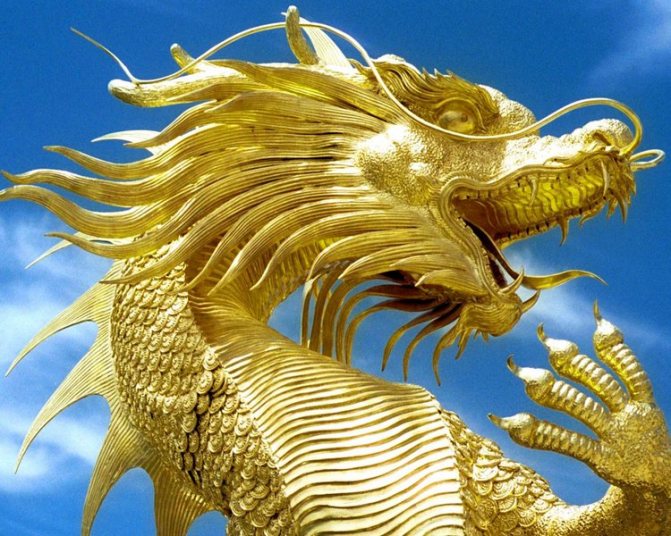

Symbol of the Chinese imperial family. Formerly worn on the emperor's clothing this sign.
Yellow dragon.
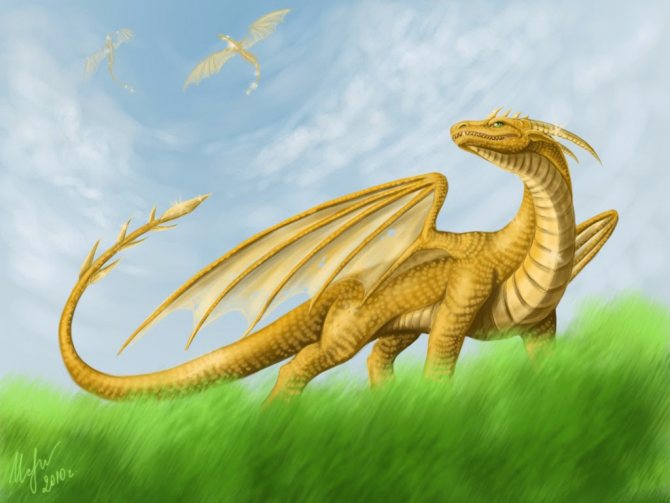

A huanglong sign for forgiveness and benevolence.
White dragon
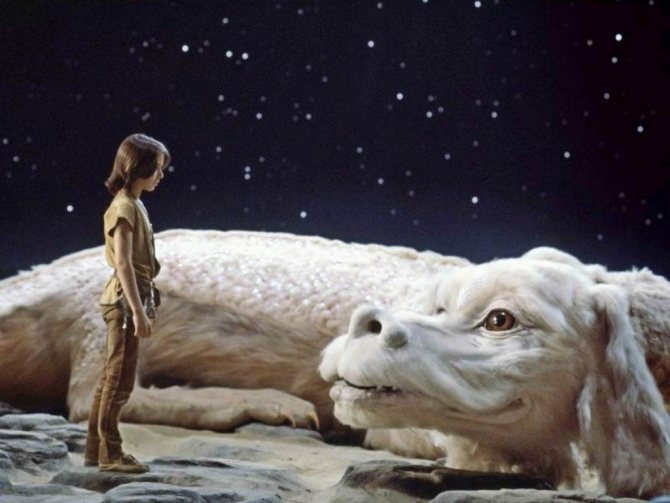

Bailun - refers to the dragon-virtuous. Symbolizes also purity and purity.
Black Dragon
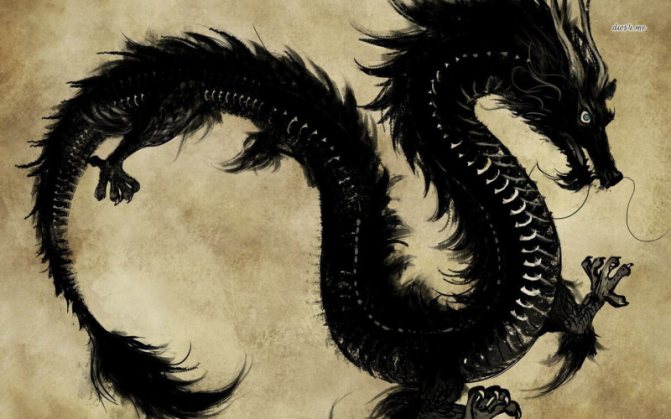

Its second name is Xuanlong. A magical creature that knows well and plunges into the depths of water.
Green Dragon


The local name is Qinglong. In Chinese culture, it symbolizes the riot of greenery and bright colors. It is believed that it can bring joy and happiness. Always predetermined a good change and protect the East.
Water dragon (water dragon).
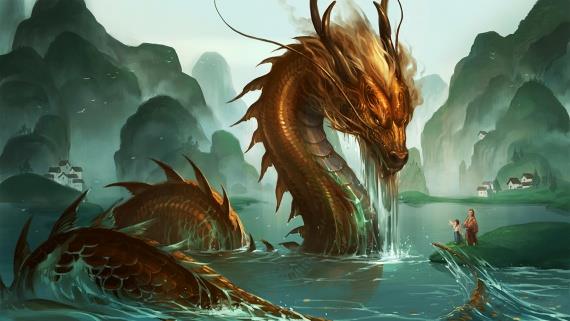

The animal is the lord of all the water elements that exist in China. They not only have the ability to dive deep into the sea or ocean, but also to soar high into the sky.
Heavenly dragon.
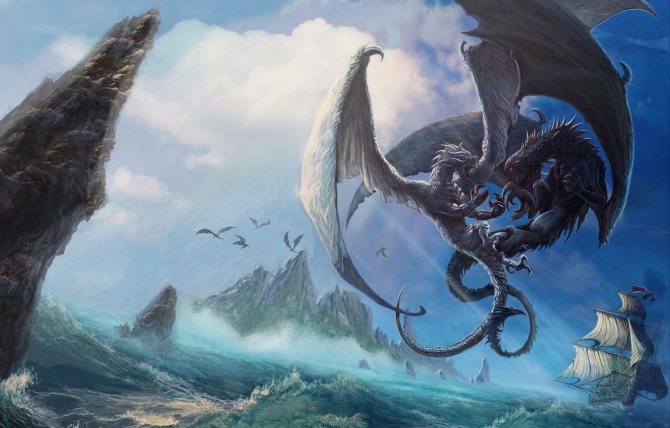

Tianlong works in the realm of the Gods. Protects them and carries them around in his chariot. Considered the strongest creature of its kind. Has always represented might and power. It is believed that after his touch, any stone turns into gold, with his breath he is able to make a fog in the clouds. It is believed that only this dragon had five toes, the other species - by 3 and 4.
Names of Chinese dragons
There are several dozen dragon names, as well as species. Mostly the suffix - lun - is added to the name. The most common ones are:
- Shenlong, a mythical creature who became the patron saint of heavenly lightning and thunder, the sky itself. Depicted with a human head. Able to fly and monitor weather conditions.
- Tianlong - protects the sky and celestial deities from external enemies and negative influences.
- Futsanlun - guardian of underground wealth. He is practically never on the surface, as his main task is to guard untold treasures.
- Dilun lives in bodies of water and is considered their protector. He hides so deep that no one can see him. It is believed that only the person who can get to his lair alive, can contact with him. The legend has it that such dragons take ordinary earthly girls as wives. Their children are born half-dragon, half-human.
No less important role in Chinese culture and mythology play Panlun, Zhilong, scaly julun, winged inlun.
The Dragon in Chinese Mythology: Dragon Legends
The legend of how dragons came into being
Dragons are not only considered a symbol of the earth or the sky, they are the guardians of goodness and love of parents, were able to honor their ancestors.
Strange as it may seem, but their ancestor was an ordinary earth woman, Lunmu. Once she was walking along the seashore and found an unusual stone, she took it for herself. In time she realized that it was not a stone, but an egg. It was constantly surrounded by care and warmth, and after a while five little lizards hatched from it. Lunmu gave them all her love and care. She fed and nursed the little animals that were left on their own. In time, the little lizards grew into enormous dragons.
Wherever they went, they always remembered who kept them alive. They guarded Lunma to the last, surrounded her with the care, warmth, and comfort she once gave them.
The legend of the pearl and the dragon
Pearls have long been considered a symbol of positive energy and power.
In a Chinese village there lived a miserable peasant woman with a young son. He would often go to one of the lawns to get succulent and green grass for the goat. Trying to dig out some grass to plant it in his home as well, he found a small but beautiful pearl in the ground. He took it home and put it in a jug, which was one third full of rice. After that, strange things began to happen: in a few days, the jug spontaneously filled up with rice completely, and the lawn with the once lush and green grass became dull.
The woman was frightened by these events, but the boy explained everything and took the pearl he had found out of the jug. This all interested the local headmen, who came to collect the jewel. The boy could not afford to give it away and decided that only by swallowing it would he be able to save it. As soon as this happened, the boy's fiery eyes lit up and wings grew - he turned into a dragon that disappeared into the water. Since then he has been considered the guardian of the water kingdom and all its riches.
Dragon with other animals
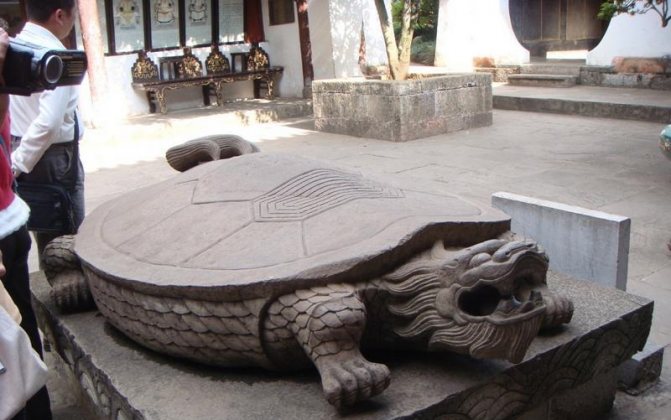

The dragon turtle .
1. Dragon with phoenix feng shui. The dragon is the symbol of the emperor, the phoenix is the symbol of the empress, in a joint depiction is used to improve family relationships, personal life of the spouses.
2. Dragon Turtle. A symbol of harmony and among other things is a protective symbol against trouble and adversity. Most often such a statuette is installed in the active Yang parts of the apartment, such as the dining area, living area, or in the hallway, so that the dragon turtle looks at the entrance and controls all incoming people in your house or apartment.
3. Dragon and tiger feng shui. The tandem is not bad. The dragon is a male symbol and the tiger is a female symbol. The Dragon is said to be placed to the left of the entrance and the Tiger to the right of the entrance. They should be placed opposite each other, but in such a way that the dragon is higher than the tiger.
The tiger is psychologically less stable than the dragon, accordingly the dragon knows how to control him. If we move to the prototype of a man and a woman, it is clear that a woman is much more emotionally and psychologically unstable (meaning the same hormonal changes in the month, mood swings, emotional, worries, fears, etc.) than a man, so she must always be controlled.
Or rather to control - it sounds kind of rude, it is better to say to calm her down, to give her protection. If you want to harmonize the theme of masculine and feminine beginnings in the apartment, you are in the apartment, look at the front door and then left Dragon, right Tiger.
